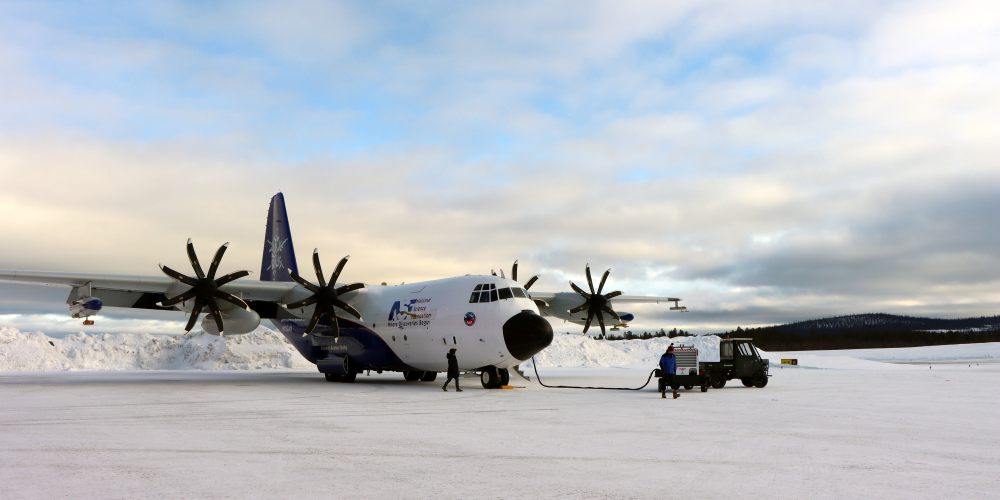WASHINGTON – U.S. Naval Research Laboratory (NRL) research meteorologist James Doyle, Ph.D., joins an international team of scientists to investigate meteorological processes associated with Arctic cold air outbreaks.
From late February through early April, the 45-day international field campaign CAESAR, short for Cold-Air outbreak Experiment in the Sub-Arctic Region, is focused on cold-air outbreaks that occur as cold Arctic air flows out over warmer open waters between northern Norway and the Arctic ice edge.
Cold-air outbreaks, or CAOs — one of the most extreme meteorological air mass transformations on Earth — can occur when cold Arctic air flows over frozen land masses or sea ice to over much warmer open ocean waters resulting in the formation of convective boundary layers that produce hazardous winds and seas, and spawn small-scale, intense “polar lows.”
“Despite the profound impact that CAOs have on atmospheric and oceanic circulations in the Arctic, as well as the important implications for Navy operations, surprisingly little is known about the nature of intense surface flux impacts on the atmosphere and ocean boundary-layer structure,” said Doyle. “The nature of the air-sea-ice interaction and cloud processes in CAOs are rapid with abrupt transitions, which have been a roadblock to process understanding and model predictions.”


